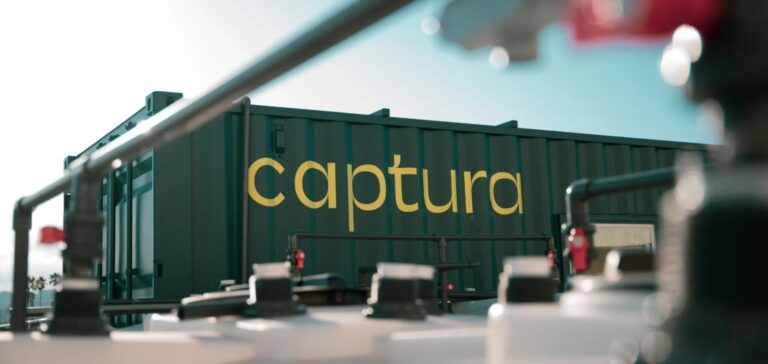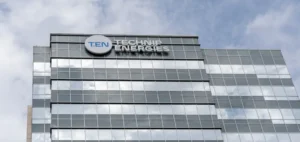Captura, a company specializing in carbon capture solutions, has announced the commissioning of its latest pilot project in Kona, Hawaii. Developed in partnership with Equinor, this facility is based on Direct Ocean Capture (DOC) technology, a method that leverages the ocean’s natural ability to absorb carbon dioxide (CO₂). With a capacity of 1,000 tons of CO₂ captured annually, this site represents the third and final prototype before commercial-scale deployment.
A capture model utilizing oceanic processes
The ocean absorbs about 30% of global CO₂ emissions, making it one of the largest carbon sinks on the planet. Captura’s DOC technology works by extracting dissolved CO₂ from seawater. This process enhances the ocean’s ability to absorb additional atmospheric emissions, without requiring additional raw materials or generating waste.
The Hawaiian facility relies on advancements in electrodialysis and gas extraction, integrated with existing water and gas handling systems. These modular technologies have already been successfully tested at two previous pilot plants in Los Angeles. The Kona site will assess the technology at a larger scale and prepare it for industrial deployment.
A step toward large-scale production
Captura CEO Steve Oldham highlighted the rapid deployment of this infrastructure, completed in just two months. The goal is to reach an industrial capacity capable of capturing tens of thousands of tons of CO₂ per year. The system’s modular design facilitates quick deployment and reduces logistical constraints typically associated with carbon capture projects.
Industrial applications and local integration
One of the key advantages of the Kona site is the reuse of captured CO₂. Unlike other technologies that require geological storage, the extracted carbon dioxide can be repurposed for local industries. In Hawaii, sectors such as aquaculture will utilize this CO₂ to optimize their processes and reduce their carbon intensity.
The project is part of the Hawai’i Ocean Science and Technology (HOST) Park, managed by the Natural Energy Laboratory of Hawaii Authority (NELHA). This marine research facility has been operational for over 50 years, generating approximately $150 million annually for Hawaii’s economy and creating over 600 jobs statewide.
A technology moving toward commercialization
With the results obtained from this new facility, Captura is preparing to industrialize its technology. The company plans to invest in large-scale infrastructure capable of significantly increasing CO₂ capture capacity in the ocean.
This project illustrates the growing momentum behind technological solutions for CO₂ management, with a modular approach and rapid deployment potential. The carbon capture market is attracting increasing interest from industries and investors seeking to optimize supply chains and adapt to evolving regulatory frameworks.






















